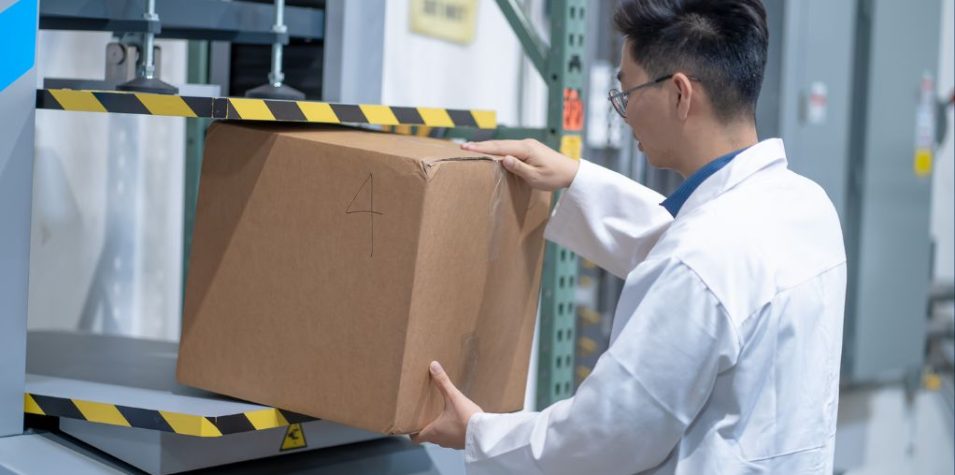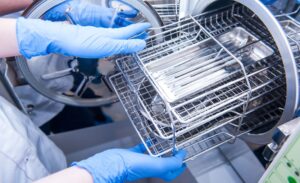Industry changes are a routine event for medical device manufacturers, and certification changes across Europe are no surprise. These updates have been on the horizon for many years now, with a definitive date of May 2027 or May 2028 to recertify and receive a CE, depending on the device.
The European Union Medical Device Regulation (MDR) replacing the Medical Device Directive (MDD) marks a significant regulatory pivot for the medical device industry within the European Economic Area (EEA). This transition means that all medical devices being sold or used in the EEA must comply with the new MDR requirements, which are more stringent than the MDD. The MDR aims to enhance patient safety and ensure the quality and efficacy of medical devices and has broad impact for products, including packaging, package testing, and safety validations.
US and European companies intending to sell their devices in the EEA must be aware that it can take up to 18 months to achieve recertification. Delaying the process could result in missing the deadline – and losing product certification. How can med device companies prepare for these changes in a timely way to prevent future missteps?
Working with a strategic contract manufacturing partner that has extensive experience and industry knowledge can help you navigate requirements and achieve all aspects of preparing your product to meet MDR requirements. At Life Science Outsourcing, we are already working with our clients to ensure they are prepared for what’s ahead and successfully supporting their recertification processes to avoid potential go-to-market setbacks.
We’ve outlined the top three things you need to know, and the top three things you need to do, for CE recertification under the MDR.
Things to know for CE recertification
Increased clinical evidence requirements
The MDR requires more rigorous clinical evidence than the MDD to demonstrate safety and performance of a device. Companies will need to conduct more comprehensive clinical evaluations and possibly clinical trials, depending on the device classification and intended use.
Enhanced post-market surveillance (PMS) and vigilance
There’s a stronger emphasis on post-market activities under the MDR. Companies must have systems in place for continuous monitoring of device performance and reporting of adverse events. This includes a post-market clinical follow-up (PMCF) as part of the PMS plan.
Stricter requirements for technical documentation
The MDR demands more detailed technical documentation than the MDD. This documentation must provide clear evidence of compliance with all applicable general safety and performance requirements (GSPRs). It should cover aspects like device design, manufacturing, intended use, and risk management.
Things to do for recertification
Conduct a gap analysis
Companies should perform a thorough gap analysis against the MDR to identify areas where their current practices, documentation, and evidence fall short of new requirements. This analysis will guide the necessary adjustments to meet MDR standards.
Update or generate new clinical evidence
Based on the gap analysis, companies may need to gather new clinical data or update their existing data to meet the MDR’s requirements for clinical evaluation. This might involve conducting new clinical studies or re-analyzing existing data.
Revise technical documentation and quality management systems (QMS):
The technical documentation needs to be revised or developed from scratch to comply with MDR requirements. This includes ensuring that the QMS is aligned with the MDR, particularly regarding risk management, device classification, and conformity assessment procedures. Companies must also verify that their QMS is capable of supporting the enhanced PMS and vigilance activities mandated by the MDR.
The above top three things to do and things to know is by no means an exhaustive list of the preparation and work that needs to go into recertification. The transition to MDR compliance is a complex process that requires significant investment in time and resources. Companies must be proactive in understanding the new regulations, assessing their current compliance status, and implementing the necessary changes for their medical devices to be legally marketed in the European market. Working with an experienced contract manufacturing partner like LSO can support the process, achieve necessary requirements, and streamline MDR recertification.
Work with LSO to recertify! Our experienced team of professionals is here to guide you and make the entire process easier. Contact us today to get started and avoid recertification roadblocks.
Looking for more information on this topic? Read ISTA Testing Standards Elevate Medical Device Packaging to Preserve your Bottom Line.
Start up. Speed up. Scale up. Founded in 1997, Life Sciences Outsourcing is an FDA-registered and ISO 13485-certified organization with services and capabilities spanning the entire medical device product life-cycle – from turnkey manufacturing, testing, validation, and sterilization to precision packaging, fulfillment, and distribution. Email us at info@lso-inc.com or call (714) 672-1090 today to get started.





